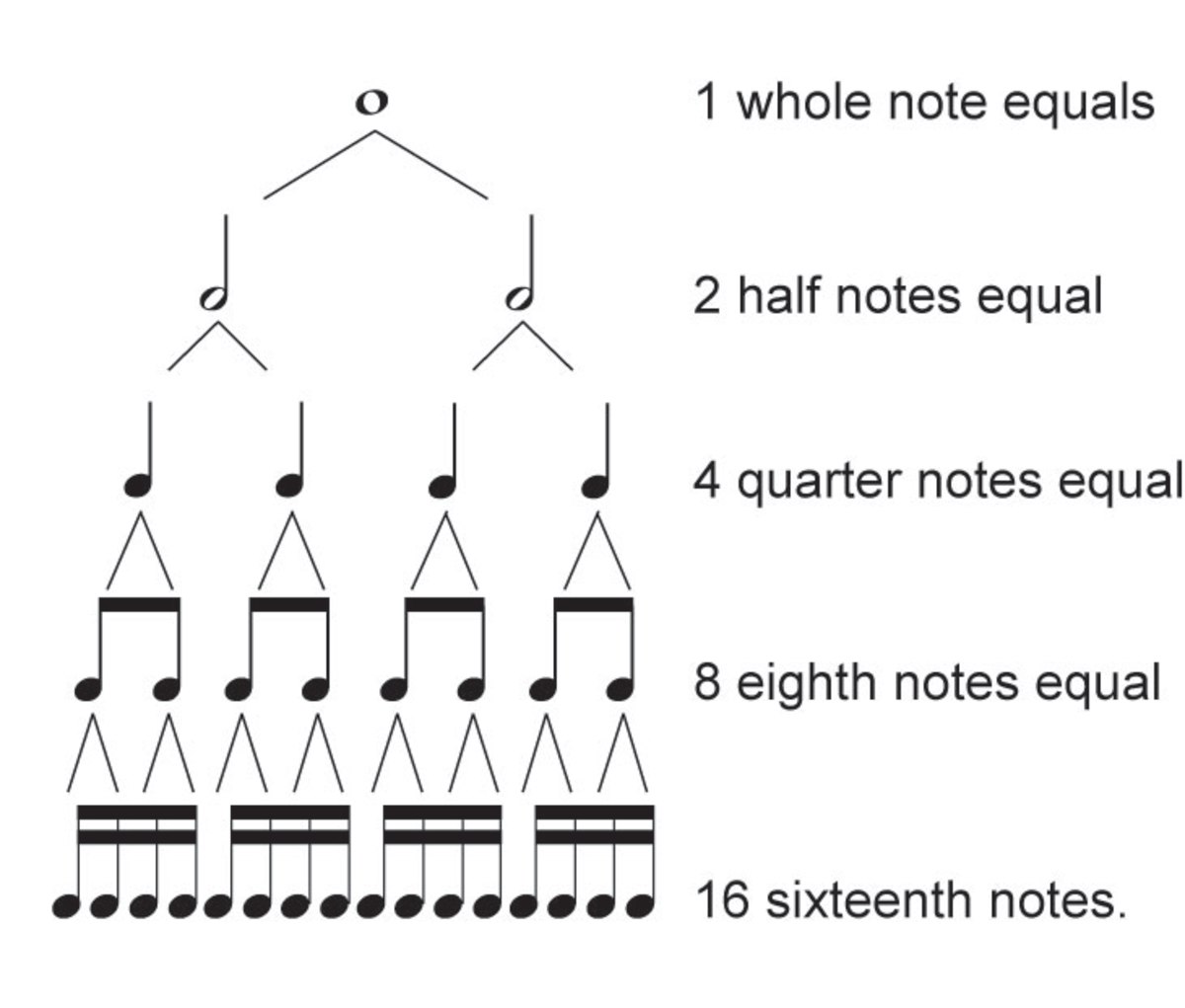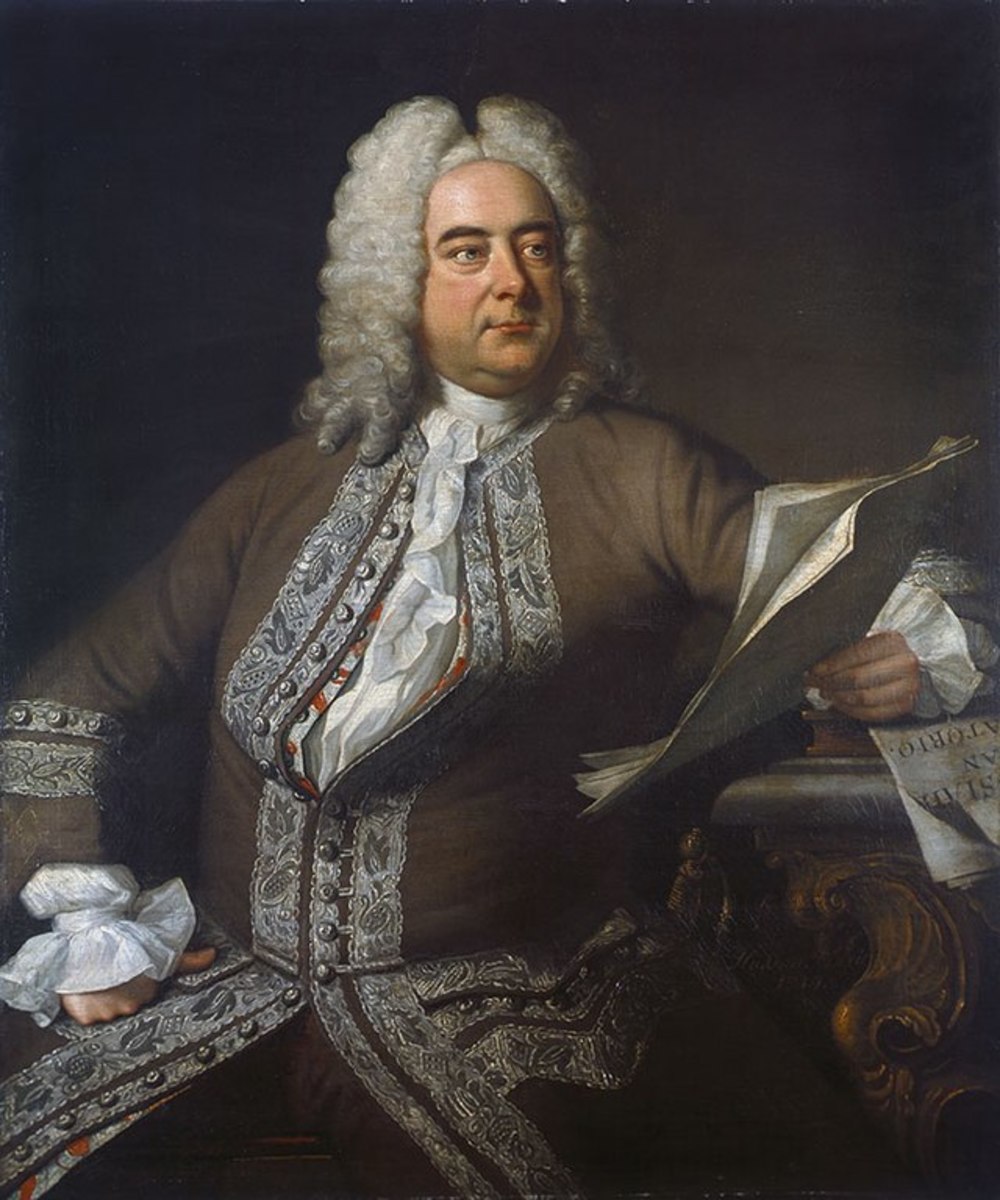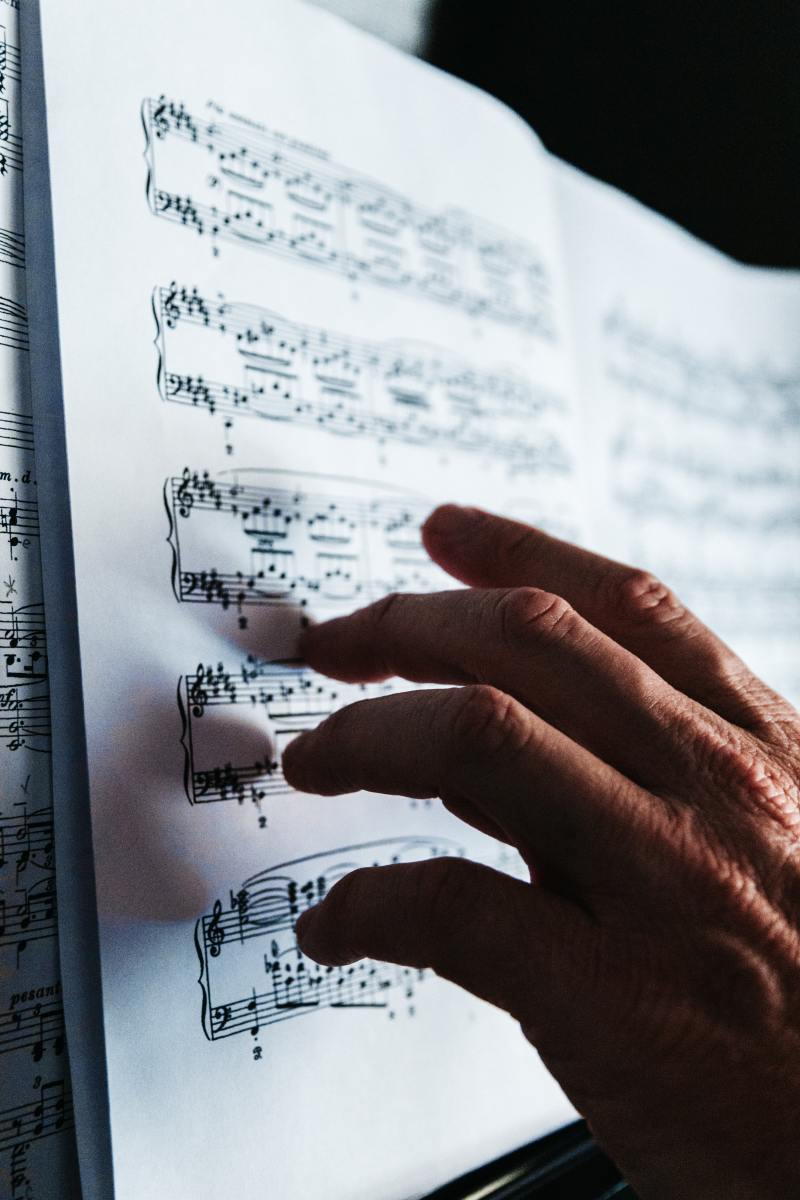Song LYRICS help hits happen
Assignment #3
What's that song all about?
LISTENING TO LYRICS: To find out the message of a song, you've gotta listen to the words, or LYRICS. A song's lyrics are critical to proper interpretation of its meaning.
Some contemporary songs have a powerful message, tell a story or establish a mood or theme, while some song lyrics mean almost nothing at all. Regardless, when added to the music, the lyrics are an important component of a song's success.
Did you know that every song with words follows very specific patterns, and these patterns are common to almost ALL contemporary songs from all genres in the past century?
The song's lyrics are organized in certain ways and into certain parts, and those parts have specific names, as we've discussed in the last chapter.
How song lyrics are organized:
VERSES of a song are the "story" part, the words that moves the "plot" of the song forward. Not all songs tell a story or have a plot, though. Those that dont tell a story instead set a MOOD (romance, friendships, lost relationships, partying, relaxing) or are centered around a THEME (cars, girls, money, dancing, parties).
The 1st verse of a song is almost always followed by either the chorus, or the 2nd verse.
Verse 2 of a song usually takes what was heard in both the first verse and the chorus and takes the song a bit further by explaining or elaborating more.
Verse 3: If the song has a 3rd verse, you rarely hear it immediately after the 2nd verse. Instead, you'll probably hear the chorus again, and maybe even a bridge before the 3rd verse.
Verses 4 and more: the vast majority of contemporary hit songs have 2, 3, or 4 verses. Millions of songs fall in this range. Only a few songs (usually shorter songs in length) have only one versem and only a few (usually much longer in length) have many more verses.
"Lily, Rosemary, And The Jack Of Hearts" - Bob Dylan (1976): Although this is rare, it's interesting to see what a song with an extreme number of verses looks like. Unbelievabely, this long story from Dylan has NO CHORUS AT ALL. It's one of the very, very few completely lacking a chorus, but instead is built entirely of all verses, FIFTEEN of them, one verse right after the other. The song runs a hefty 8 minutes before it ends. Read that song's lyrics by clicking its title above. You really don't need to spend the 8 minutes listening to the song itself, but if you want to, a link to the song itself is here.
"American Pie" - Don McLean (1972) [pop/rock]: With five verses and over 8 minutes in length, each verse has many, many words, telling a cryptic, hard-to-deciper story, which could be a whole other course, literally.
EXTRA CREDIT (optional): email me, using your own words, what the lyrics of "American Pie" mean AND what music tragedy from 1959 hit its 50th anniversary in February of this year which directly relates to this song? However, if you choose to do this, don't just copy stuff from Google and send to me (not only is that plagarism, it's very obvious, wastes your time & my time and teaches you nothing).
"Color My World" - Chicago (1970) [rock]: Listen to this ballad by the horn-dominant rock group Chicago, has NO CHORUS, and only ONE VERSE! The song went on to become not only one of Chicago's best known songs, but because of its romantic lyrics about love and committment, it quickly became of the most used "first dance" wedding song for thousands of newly married couples for the next 20 years.
Back home again
The CHORUS (also called the REFRAIN) of a song can be thought of as the song's "home". The chorus is the part of the song that's repeated the most, usually far more often than any other part.
Contemporary songs from any genre will use the chorus either immediately as the song begins, OR you'll hear verse 1 OR verse 1 and 2 before the chorus. Either way, once the chorus plays, you know you'll hear it a minimum of three times (usually many more) before the song ends.
Once a chorus is heard, it's not unusual for it to return five, six, or seven times (sometimes many, many more times) before the song ends.
Examples of songs with a frequently repeating chorus:
"Single Ladies (Put A Ring On It)" - Beyonce (2009) [pop/dance]: This current hit has a standard verse and chorus structure. As you read the lyrics as the song plays, note the repeating intro, then each of the the verses and the chorus repeating.
"Hey Jude" - The Beatles (1968) [Rock]: From the height of the love generation of the sixties comes the Beatles' biggest hit ever, "Hey Jude" from 1968 and one of the best selling songs of all time. Read the lyrics and enjoy the video (one of the very first music videos, by the way) of the big psychedelic party going on during the song which ultimately engulfs the four Beatles, John, Paul, George & Ringo. That's Paul McCartney singing lead on this one. Lots more about the Beatles (one of the most influential contemporary artists of all time) in upcoming weeks.
Always creating songs with unusual structures, the Beatles designed "Hey Jude" to contain 4 verses and 2 pre-choruses and run halfway through the song before the chorus is heard for the first time (at 3:10 into the song). Once the chorus begins, though, about halfway through the song, the chorus is repeated FIFTEEN times before fading out during the sixteenth chorus. The Beatles video above plays in a small box so you can watch the lyrics. Later, if you wish, you can watch this groundbreaking video full-screen by clicking here and choosing the full screen icon.
Many songs contain a "PRE-CHORUS": That's a group of words which are sung right before the chorus OR it makes you THINK "the chorus is coming next" but it doesn't. Instead, the pre-chorus builds tension which is only resolved when the chorus is finally heard.
The pre-chorus of a song sort of prepares you for the entrance of the chorus. Some songs use a pre-chorus leading into the chorus every single time, while other songs only use the pre-chorus once in the whole song. However, many songs have no pre-chorus at all.
Examples of songs with a pre-chorus:
"Expressway To Your Heart" - Soul Survivors (1967) [pop/R&B]: Although not marked in these lyrics, the pre-chorus occurs twice in this song, each time with the line "I was wrong/I took too long", and leads directly into the chorus which begins with the line "On the expressway to your heart".
"Closer" - Ne-Yo (2008) [pop/R&B]: As you listen to this song and read the lyrics, notice where the pre-chorus comes in each time. Ne-Yo sets up the expectation and momentum for the chorus with the words "own me/come closer", leading each time into the chorus, the lyrics which begin each time with "And I just can't stop...".
THE HOOK OF A SONG is hidden inside every chorus. The hook of a song is usually very short, just a few seconds. But it's always the most memorable part. The song's hook generally (but not always) contains the song's title. But always, the hook is the part that most people memorize in their favorite songs.
People in the music industry call that part of a song a hook because it's the part of the song that "grabs" you, just like a fish hook, and "pulls you in" to expore the rest of the song.
In other words, the hook is the part that you sing to someone when a friend asks you "I don't know that song, what does it sound like?". What you sing to your friend will always be the song's hook.
Record producers and top performers know that all popular songs contain very powerful hooks. Sure, the chorus has to be powerful, but the HOOK is the most important (but the shortest) part of every hit song. It's the part you know best.
"Hook" - Blues Traveler (1994) [rock] Conveniently for you, this song explains what a song's hook is, how it works and what it does! No other song so clearly helps explain a hook to people studying contemporary music. The lyrics "Cuz the hook brings you back..." is actually the song's hook, it's also the title and it's also the beginning of the chorus. As you read the lyrics and watch lead singer John Popper explain the importance of a song's hook to it's success.
Bridging familar to unfamiliar in a song
The BRIDGE of a song is quite interesting, because it's the part of the song UNLIKE all other parts in a number of ways: you hear it only once per song and it is musically UNLIKE the verses or the chorus with an entirely different melody. Most songs have one bridge, in fact it is rare for a song to contain more than one bridge.
It's called a bridge because it connects, or "bridges", the most familar part of the song (the chorus) to the least familar part (the bridge), then back again to the chorus.
Although almost all comtemporary songs contain a bridge, the bridge is always the least familar part of the song, compared to the chorus, which is always the most familiar.
A song's bridge adds another dimension, depth and interest to a song, because it takes you very far away from the familiarity of the verses and the chorus, making you want to "go back home" again.
And that's exactly what happens after you hear a song's bridge, it immediately brings you back to the chorus, the part you like and know the best. The bridge can either contain words OR it might have no words (some bridges are completely instrumental).
The bridge of a song usually appears ONCE per song, and it's ALWAYS followed by one or all of these elements: (a) another verse, if there is one, (b) a 'breakdown', more about that later, (c) the pre-chorus, if there is one, which leads you back to (c) the chorus a few more times, before the song ends. .
Where is the bridge found? If a song has a bridge, you'll always find it in the final third of the song.
Songs with a bridge:
"Heartless" - Kanye West (2009) [pop/R&B]: This hit from his latest album has a standard verse/chorus structure, as you'll see when you watch the lyrics as the song plays. Notice about two-thirds of the way through the song, as Kanye sings the lyrics "talkin', talkin', talkin' talk, baby let's just knock it off", THAT is the beginning of the bridge. Notice how it sounds very different from the verses and from the chorus. The link above shows you the lyrics, but if you'd like to watch the official video for this song, click here.
"I Kissed A Girl" - Katy Perry (2008) [pop]: last year's debut hit from Perry repeats the verse and chorus a few times like most pop songs, but watch the timer on the video....at exactly 3:07 into the song, the bridge begins. Notice how this part has all the characteristics of a typical song's bridge: (1) two-thirds of the way into the song (2) only appears once, (3) sounds different from the rest of the song, creating that tension to return "home" and (4) immediately when the bridge ends at 2:29, it resolves the tension by returning to the chorus a couple of times before the song ends.
Coming apart, then coming back together again
The BREAKDOWN of a song does what it sounds like: it breaks the song down to almost nothing. Almost the entire song "falls apart", it sounds like most of the musicians have left, becase almost everyone performing stops.
Often during a breakdown only one instrument remains to keep the rhythm (usually bass guitar or drums) for a short while, then one more instrument is added (perhaps a piano, another guitar, or the singer), then another instrument, then another, until everyone is "back" (even though they never left) to perform the song's chorus a few more times.
The majority of contemporary songs do NOT contain a breakdown, but many do. If the song has a bridge, a bridge often leads into the breakdown. And, like the bridge, a song's breakdown always occurs in the final third of the song, and always leads to a return to the main imagery of the song, the chorus, before it ends.
People often don't realize how many songs in every genre contain breakdowns. Here are just a few. If you're pressed for time, fast forward the video of each of these songs to about the halfway point, and notice how the song's breakdown makes it "fall apart", then build back up again.
SONGS WITH MEMORABLE "BREAKDOWNS":
"My Lovin' (You're Never Gonna Get It)" - En Vogue [pop/R&B]: Amazingly, right before the breakdown of this very popular hit song from En Vogue, a well-established R&B girl group from 1988, a pre-recorded man's voice is heard and introduces it by actually saying, "And now, it's time for a breakdown!".
"China Girl" - David Bowie (1983) [rock]: - The breakdown of this rock classic consists of just bass guitar and drums and Bowie whispering, before all the instruments return for a quick fadeout.
Assignment #3: Song Lyrics
NOTE: for best results, copy and paste the song lyrics into a Microsoft Word document and save it in that format. I'd rather you NOT just use the body of an email because often that creates spacing and indentation errors for the person who opens it (that's me). So, instead, please write and submit your entire assignment as a Word document. If you don't have Word, each of the 16 computers in the college computer lab has it loaded and ready for you to use. Thanks.
1. Choose the lyrics of FIVE popular hit songs from any genre and use any of the common lyric web sites (like www.azlyrics.com, www.metrolyrics or www.lyricsfreak.com, there are many more).
Then, cut & paste the lyrics into an email, or attached as a Microsoft Word document, add the terms indicated below, and email to me. If you're not sure how to do cut and paste from a web site, ask a friend to show you, or send me a note and I'll explain. Remember that song lyrics you submit cannot contain obscene words or inappropriate language.
Note that the lyrics site with videos I'm using in this article, www.lyrics.com does not allow you to copy/paste lyrics at all, that's why you'll need those other two sites mentioned above.
BUT in your email, make sure to ADD the following terms WITHIN the lyrics, so it's clear that you understand each of these lyric-related terms used in popular music.
2. Indicate the TILE and ARTIST of each song. Use only very popular songs from any genre, not obscure songs that few people know. You're welcome to use any of the hit songs on your iPod or MP3 player, then go online to find the lyrics for that song and mark them accordingly.
3. type CHORUS before the lyrics of the chorus. For some songs you may see "chorus" already indicated, but they are often incorrect or omitted, so make sure what you send marks the beginning of the chorus properly.
4. type VERSE 1, VERSE 2, VERSE 3 etc. before the lyrics of each verse.
5. type PRE-CHORUS before those lyrics, if you think the song has a pre-chorus.
6. type BRIDGE before the bridge, if the song has one.
7. type BREAKDOWN before the breakdown lyrics. If the song's breakdown occurs when there are no lyrics, indicate where the breakdown occurs anyway.
8. Tell me, in your own words, one or two interesting things you learned about song lyrics, either in the lyrics on this page or in the ones you selected.
WARNING: Check all your lyrics carefully. Do NOT submit songs with objectional subject matter, or containing obscene or inappropriate lyrics. That is not considered professional behavior for this class. If you do, I cannot accept them and I will send them back and ask you to sumbit another song instead. If you're not sure if the lyrics are appropriate or not, choose another song. This will most often happen in the hip-hop genre, so if the song you're selecting is from that genre, be particularly carefuly in selecting clean lyrics only. Thanks for your understanding!









